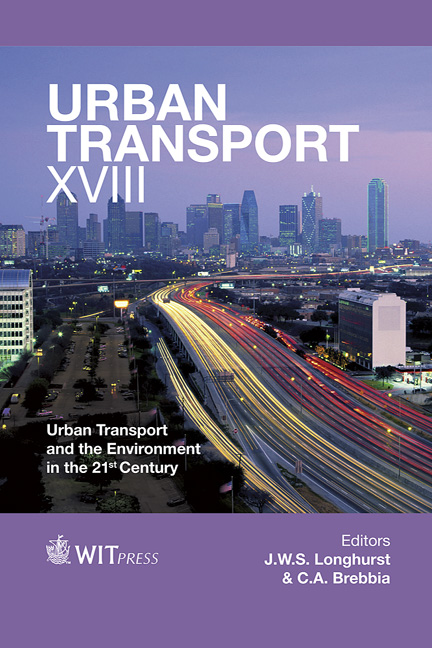Urban Freight Transport Initiatives – Knowing When It Is Worth The Cost
Price
Free (open access)
Transaction
Volume
128
Pages
11
Page Range
481 - 491
Published
2012
Size
419 kb
Paper DOI
10.2495/UT120411
Copyright
WIT Press
Author(s)
J. Holmgren
Abstract
The process of urbanisation is on-going and a large proportion of the economic growth in the world takes place in urban areas. This results in an ever increasing demand for having goods delivered into the city centres, which causes congestion and harmful emissions. Several different kinds of city logistics initiatives have been suggested as part of the solution to this problem. This paper argues that cost-benefit analysis should be used in order to determine when the benefits of introducing different city logistics schemes outweigh the costs and to determine which solution is appropriate in a specific case. The paper also discusses the type of costs and benefits that are likely to arise under different schemes and highlight some areas in which special care must be taken in the analysis. Keywords: city logistics, urban freight, cost-benefit analysis. 1 Introduction For the last few decades, the transport sector is the only sector that has shown an appreciable increase in total CO2 emissions in developed countries, as well as in the rest of the world. Besides contributing to global warming, increased transport volumes have also led to numerous other environmental problems including congestion. During last century total fossil carbon emissions increased fifteen times. In, for example, the USA the transport sector is responsible for around 25% of the CO2 emissions. Globally, transport sector emissions are generally in the range of 25–30% of total emissions [1, 2]. The record high rate of economic growth during the last century in the now rich countries has been accompanied by other long-term developments of great
Keywords
city logistics, urban freight, cost-benefit analysis.





